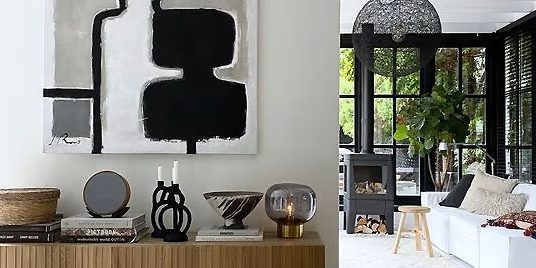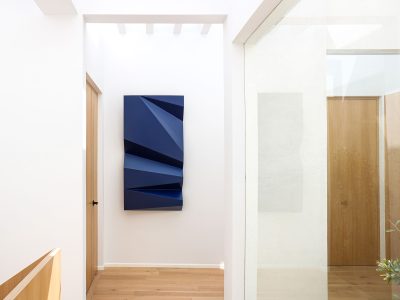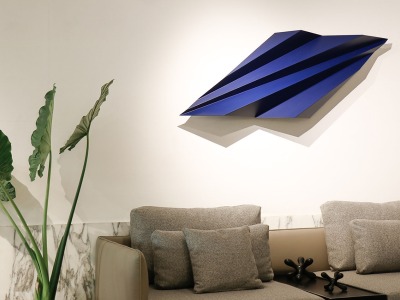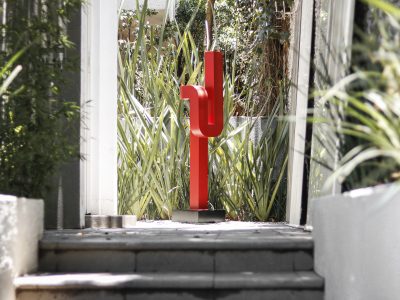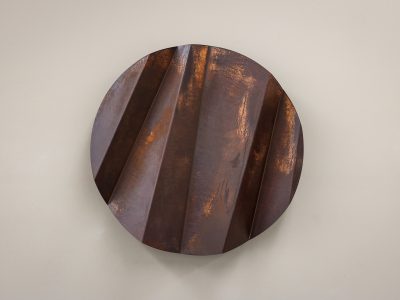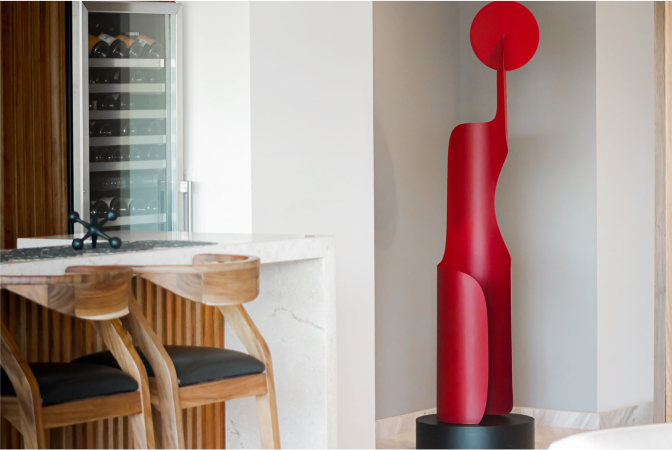When designing or decorating a home, you might hear the terms modern and contemporary used to describe furniture, color palettes, décor styles, architecture and even art. But what do these terms mean? While they share many common elements, the differences between modern and contemporary home design are obvious once you know what to look for. Learn the basics of these styles and how to apply them to your home with our simple guide:
The Basics of Modern Design
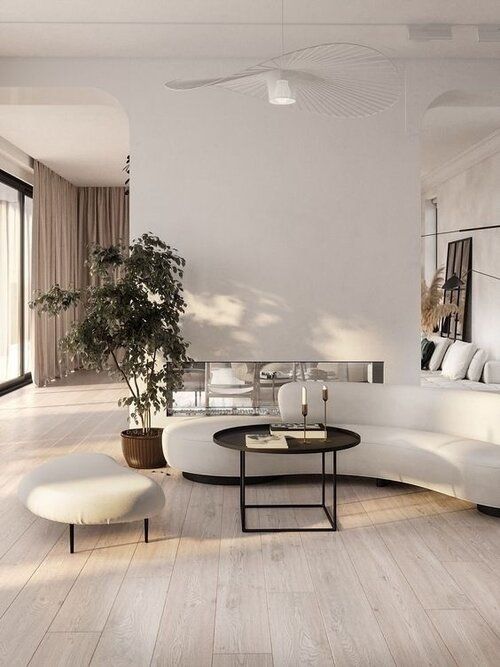
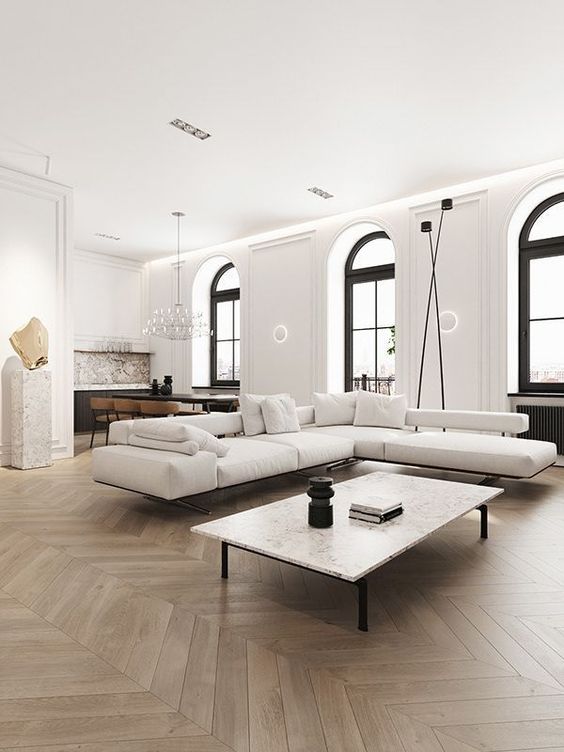
Modern design emerged in the early 2
0th-century and maintained popularity for several decades. Its main features followed the design philosophy of “form follows function.” In application, this principle is reflected in clean lines and a dedication to balance and symmetry. Wood and other natural materials like linen were heavily used in minimalist designs as well as simple and earthy colors. Due to material rationing during World War II, modern furniture opted for low backs and thin padding to avoid creating unnecessary waste.
The most easily recognizable example of the modern style is that of mid-century modern design, which became popular in the 1930s through the mid-1960s. It exemplifies the sleek, minimalism that is the hallmark of the look.
The Basics of Contemporary Design
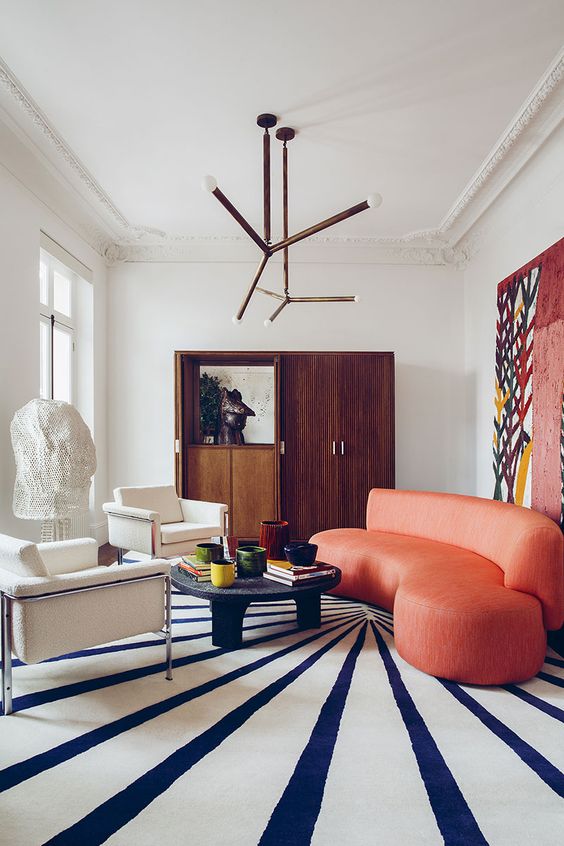
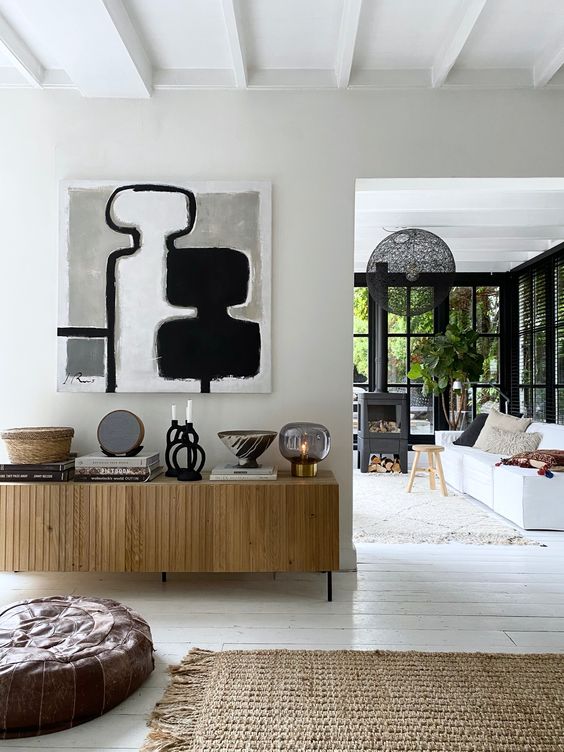
While “contemporary” is a literary synonym for the word “modern”, the two are not the same design aesthetic. Contemporary design describes the present-day style that emerged in the decades after the modern style movement –?and that style is relatively fluid. Is it avant-garde or traditional? The truth is that contemporary design can be subjective and often changes with current trends. However, there are some rules and guidelines for the category that make it easier to follow.
In general, the contemporary style has been influenced by later art movements like futurism and art deco, as well as by new technologies. Due to this embracing of the “new”, it often features curved, sculptural lines, asymmetry, and abstract designs. It expands on the natural materials used in modern design and mixes in more industrial materials like metal, glass, plastic, and steel. From a color standpoint, contemporary styles typically rely on neutrals with pops of contrasting colors in pure hues.
How They Compare
Because the modern design movement was the precursor to the contemporary style, the two do have a few common factors – which is why many people struggle to tell the difference between them. First, both design styles are dedicated to a minimalist aesthetic and avoid clutter at all costs. Whether ornate or simple, clean, unbroken lines are a shared hallmark for both looks. Finally, both embrace and celebrate open space.
When identifying modern design and architecture today, the key is to remember that the term refers to a specific time period and adheres to a certain set of style rules. To identify a contemporary look, keep an eye out for bright colors, artistic angles, and new materials. Or go for a bit of both. Your own unique style is up to you.
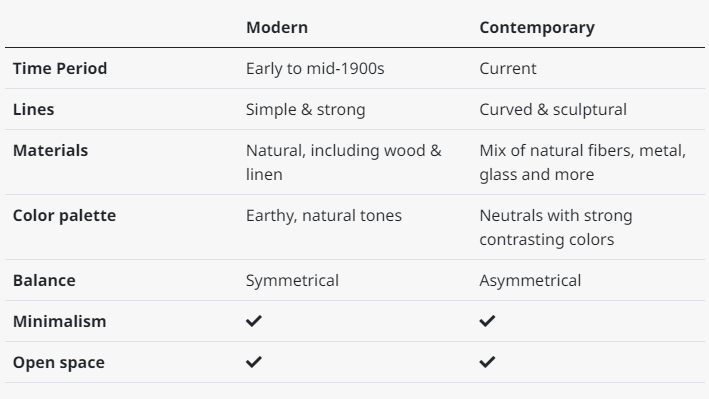
Incorporating Sculpture into Modern & Contemporary Homes
Whether hanged or free-standing, sculpture can be a great addition to both modern and contemporary-style homes. When choosing a piece, take the rules of each style into consideration, but don’t be afraid to break them. We believe sculptures, like our ENNAIA, are meant to transcend a space, not conform to it. So choose the one that most speaks to you, whether or not it fits a certain style definition.
